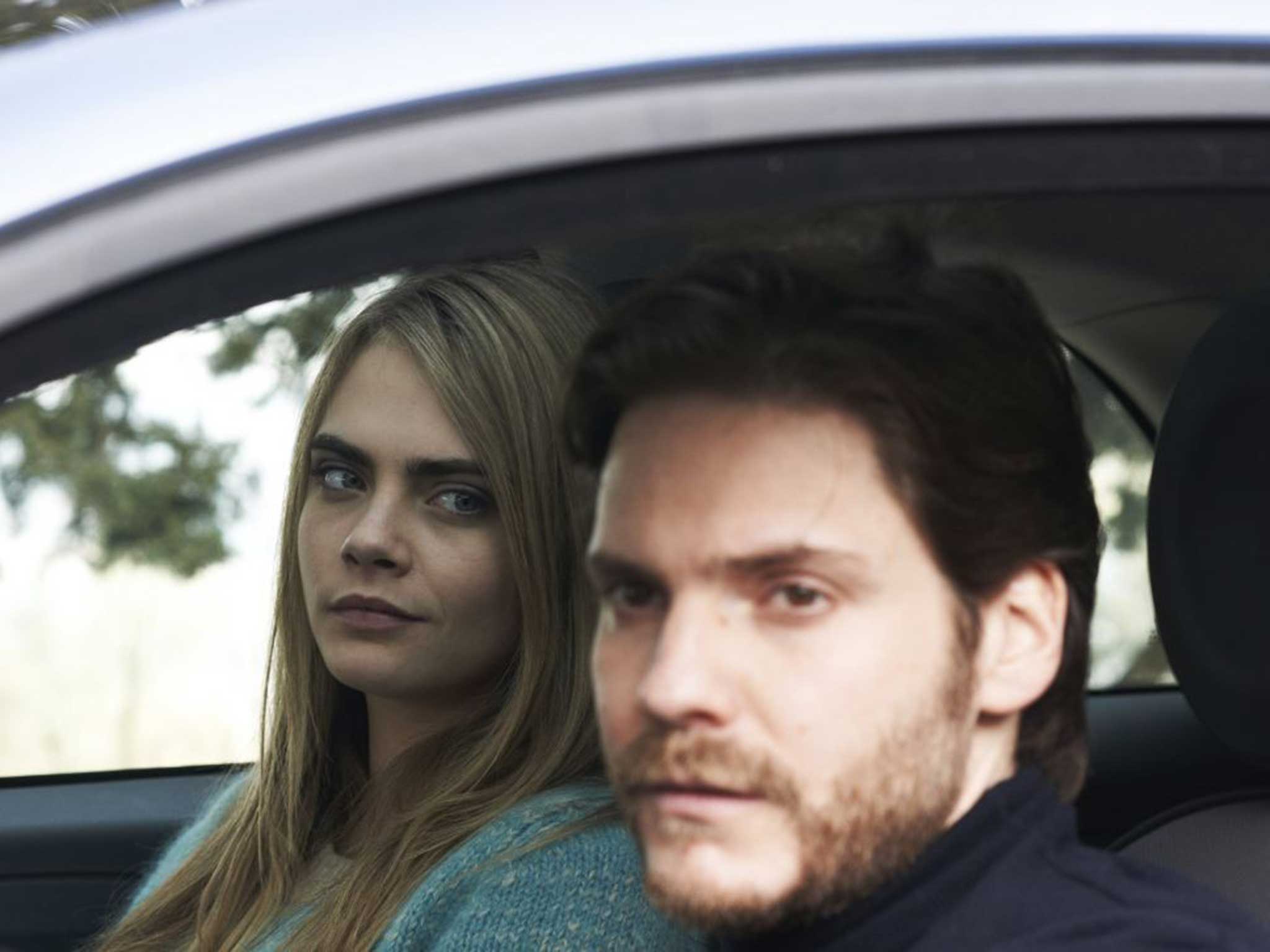The Face of an Angel, film review: A sense of mystery, sex and the unanswered questions of Meredith Kercher's murder

Your support helps us to tell the story
From reproductive rights to climate change to Big Tech, The Independent is on the ground when the story is developing. Whether it's investigating the financials of Elon Musk's pro-Trump PAC or producing our latest documentary, 'The A Word', which shines a light on the American women fighting for reproductive rights, we know how important it is to parse out the facts from the messaging.
At such a critical moment in US history, we need reporters on the ground. Your donation allows us to keep sending journalists to speak to both sides of the story.
The Independent is trusted by Americans across the entire political spectrum. And unlike many other quality news outlets, we choose not to lock Americans out of our reporting and analysis with paywalls. We believe quality journalism should be available to everyone, paid for by those who can afford it.
Your support makes all the difference.“You can’t tell the truth unless it’s a fiction,” a filmmaker is told as he travels to Italy to make a film about the murder of a British student. Using this philosophy British Filmmaker Winterbottam has made a film about the murder of 21-year-old British student Meredith Kercher in 2007, by changing the names of the protagonists and moving the setting from Perugia to Sienna. The character Simone (Kate Beckinsale) is based on Barbie Latza Nadeau, the journalist who wrote Angel Face, one of the first books published about the trial. The unanswered question of the film is whether filmmaker Thomas (Daniel Brühl) is actually a self-portrait from Winterbottom.
Thomas is recently separated from his wife and resents having to live apart from his 9-year-old daughter Beatrice. He wants to adapt a book on the murder trial, rather than cover the trial itself. The action takes place while the 2011 appeal to the conviction of an American student of the murder is being heard. Simone acts as a guide to Thomas, and very quickly through her words, and him watching news clippings on the Internet the basics of the case are rehashed such as the arrest of her American flat mate, her Italian boyfriend and of two African men.
Yet what quickly becomes apparent is that Winterbottom is more interested in looking at the journalists reporting on the trial than in trying to discover whether the American committed murder. As Thomas tells the film commissioners about his proposed film on the trial, ‘this is not a whodunnit.’
Nonetheless the film is carried by a sense of mystery, sex and the unanswered questions of the case. It takes place around the 2011 acquittal on appeal of Knox, but no mention is made of the subsequent guilty verdict made earlier this year.
It's a fairly accurate description of modern journalism. The use of freelancers and their relationships in particular. It touches upon citizen journalism with the focus on Italian blogger Edoardo, who seems to have more insights into the case than others, which leads Simone to suspect he might have somehow been involved in the murder. The commissioners from the television station come off the worst as they are more interested in sensationalising the story and getting stars in lead roles than uncovering the truth of the case.
The other person Winterbottom seems infatuated by is himself. There is a meta-narrative throughout in which Thomas, mirroring the process that Winterbottom must have gone through when making the film, asks himself why he’s interested in the sex and violence of the case. What’s the compulsion to make a film about murder? Thomas is a flawed character who snorts cocaine when working and bears a grudge against his ex-wife. He has nightmares that appear to come straight from the book he’s reading Dante’s Inferno. Indeed the structure of the book is used as the structure of the movie.
Thomas starts to find some solace when he meets Melanie a 21-year-old British waitress working in a pub. Kercher also worked in a pub and the parallels with the character are such that Melanie seems a thinly veiled portrait of Kercher's life before her murder. The part will be keenly observed because it’s the first time model Cara Delevingne has been in a leading role. She’s very good, convincing as a student wanting to have fun, having a romantic view of life and also having the savvy and local know how to point Thomas in the direction of the local drug dealer. She becomes the focus on the end of the film as the mystery subsides to be a tale of love, as Winterbottom seems determined to remind the world that Kercher was as much a face of an angel as Knox, and her story should be remembered too.
Join our commenting forum
Join thought-provoking conversations, follow other Independent readers and see their replies
Comments